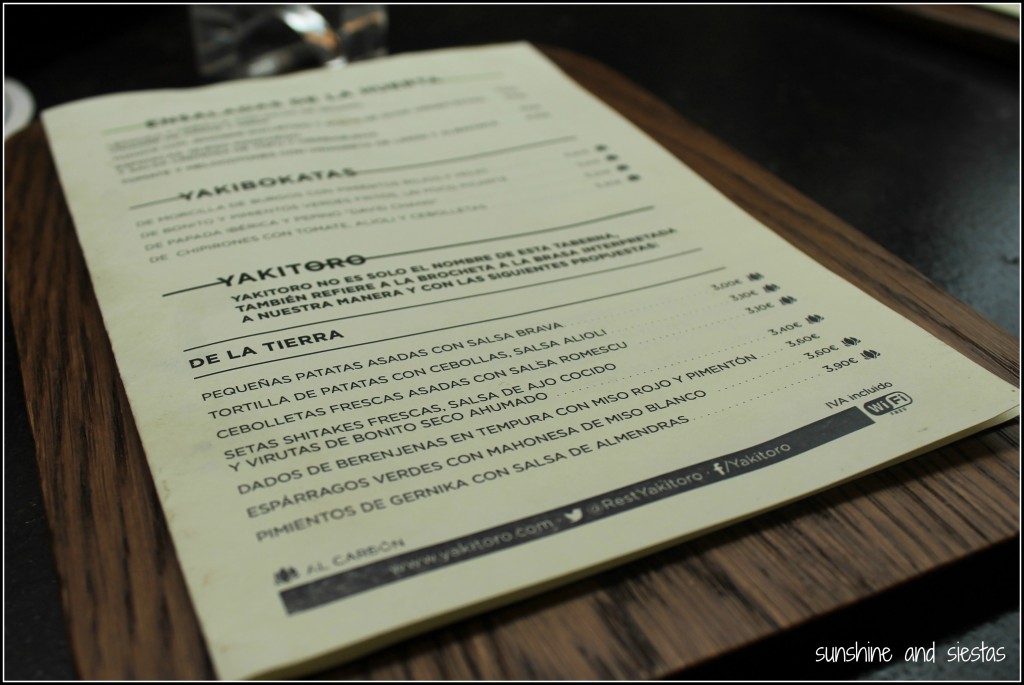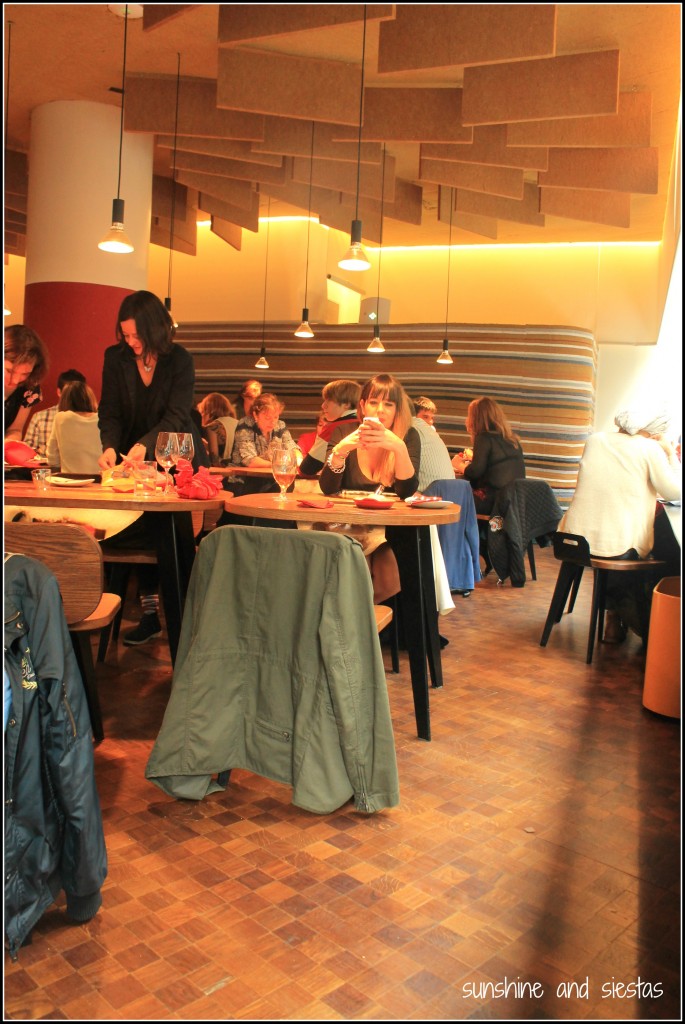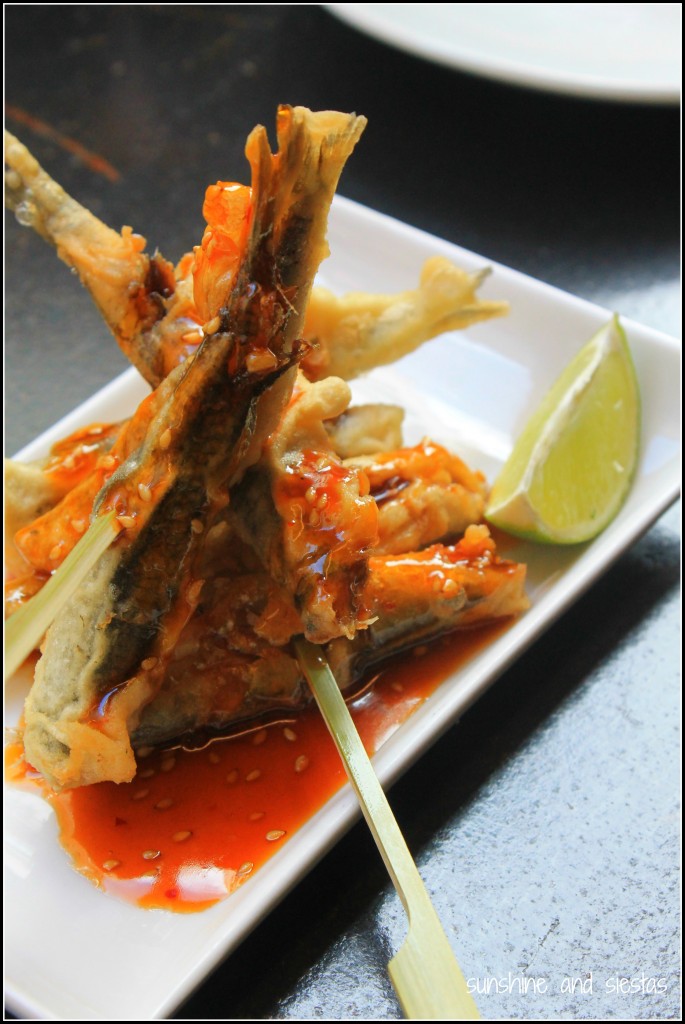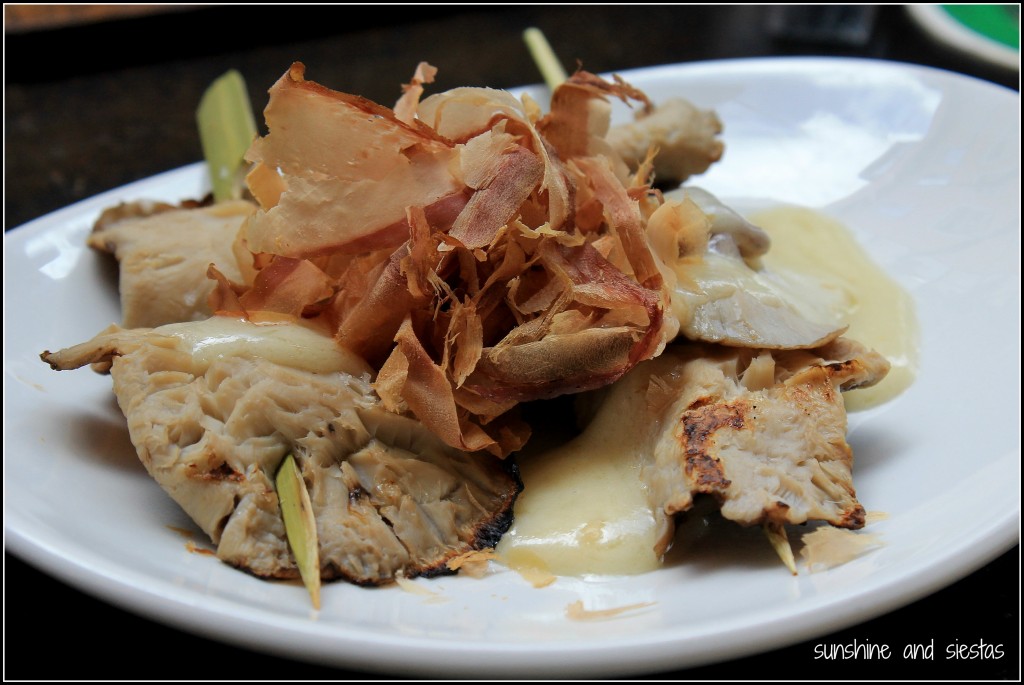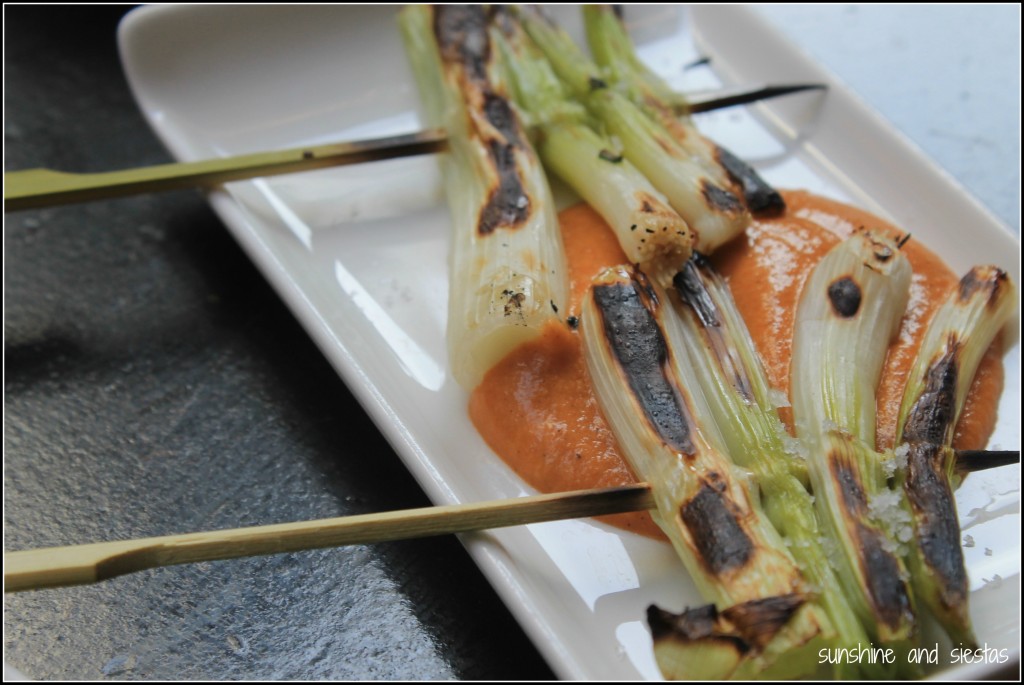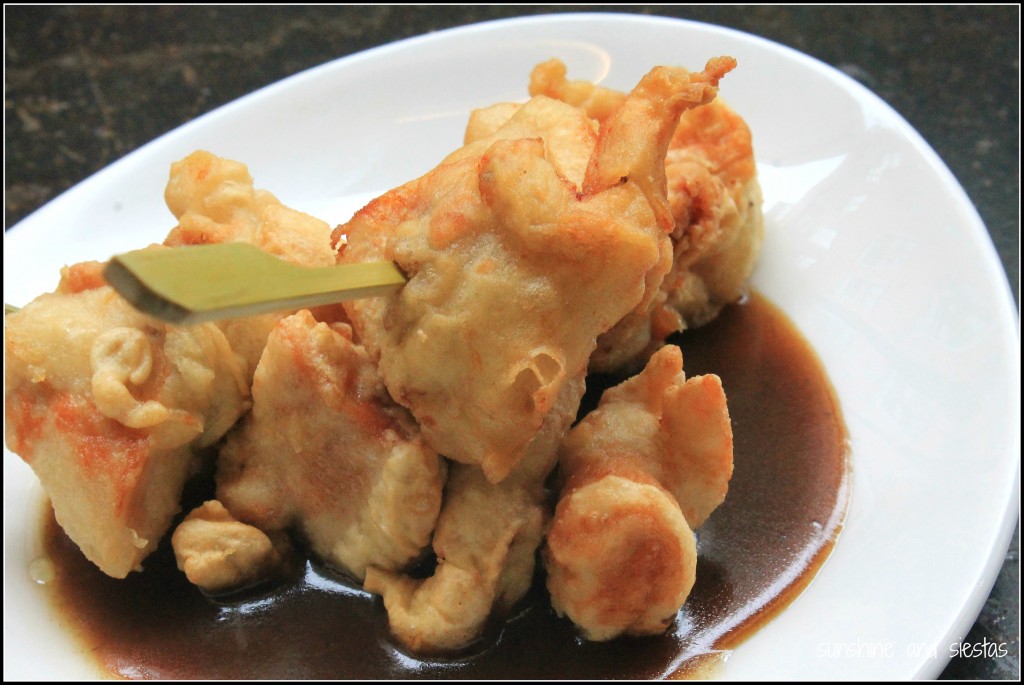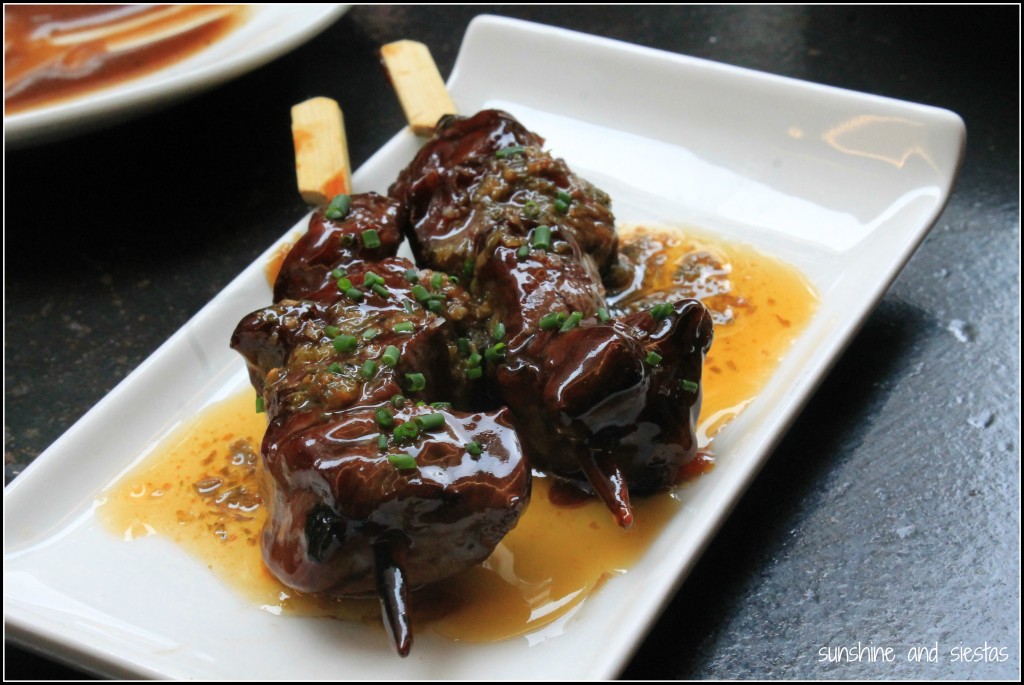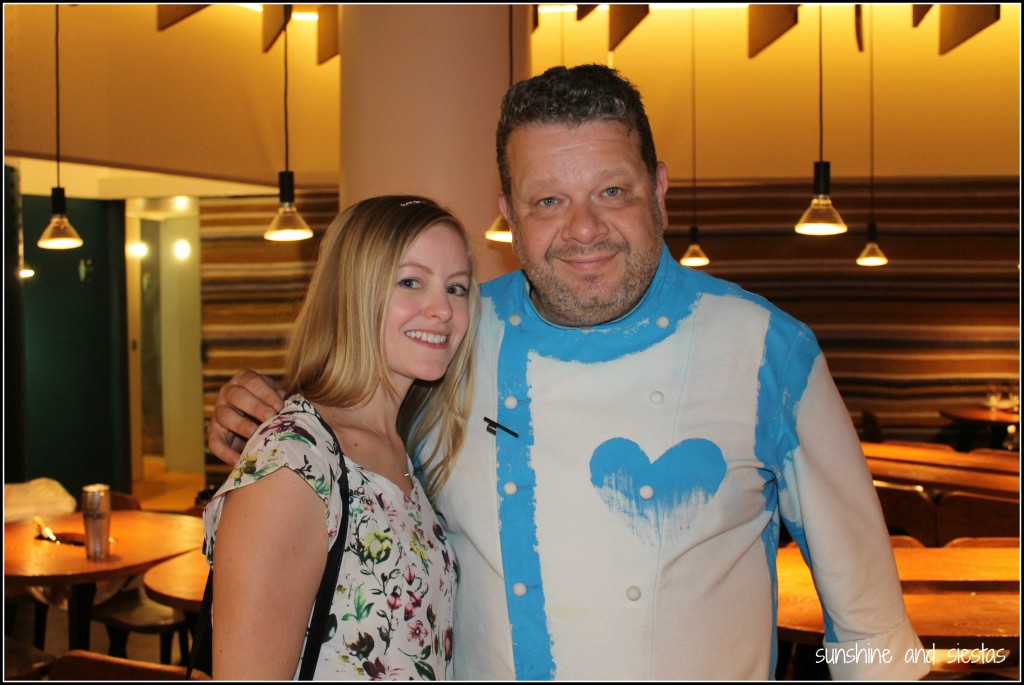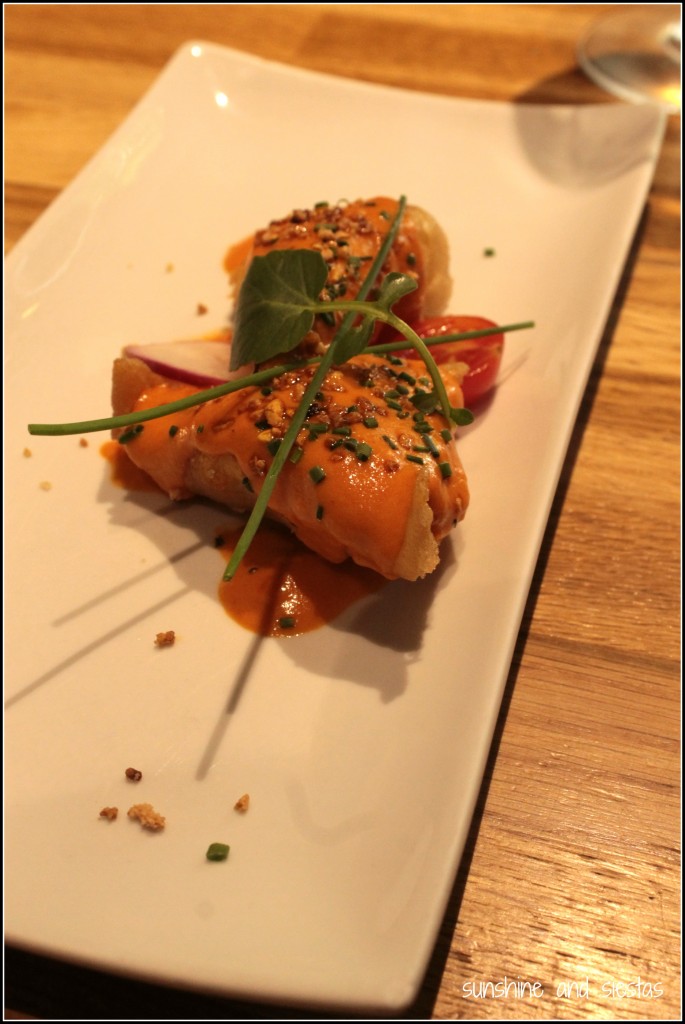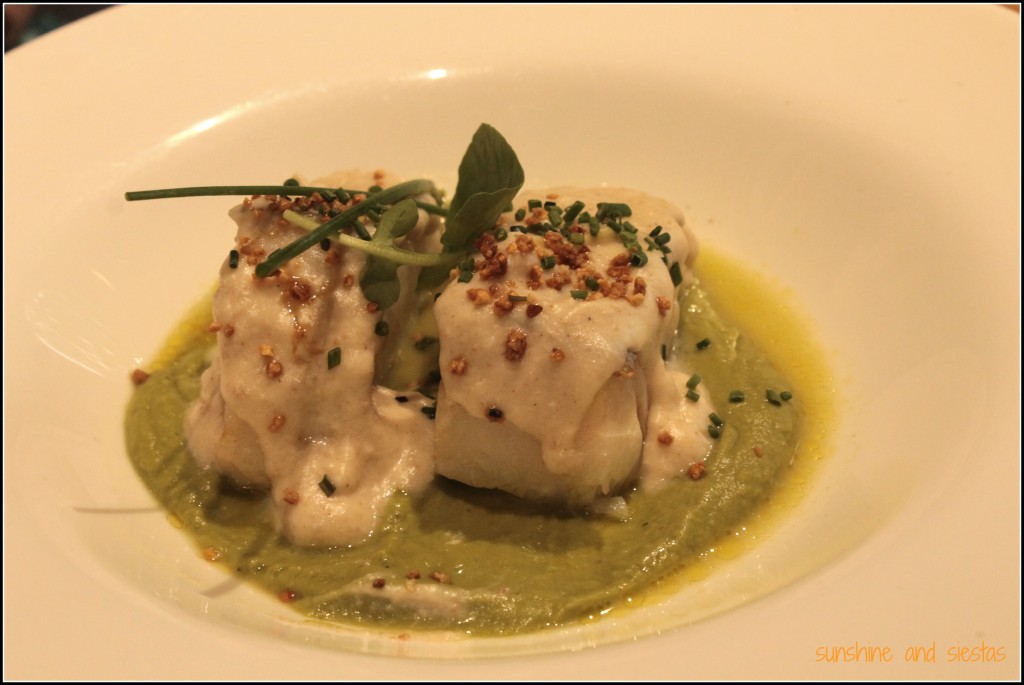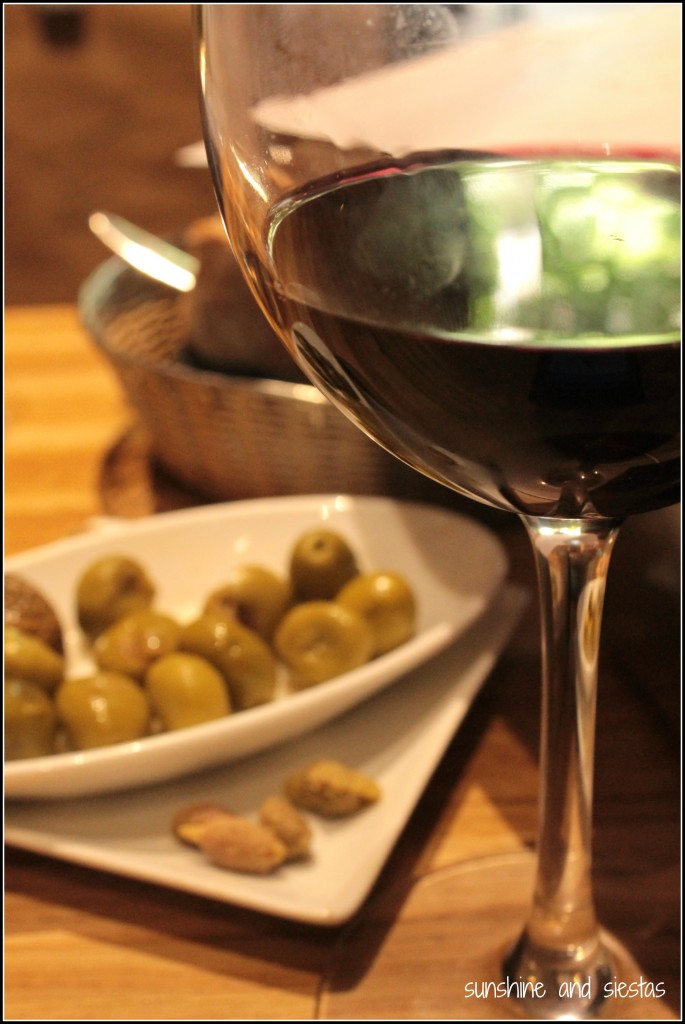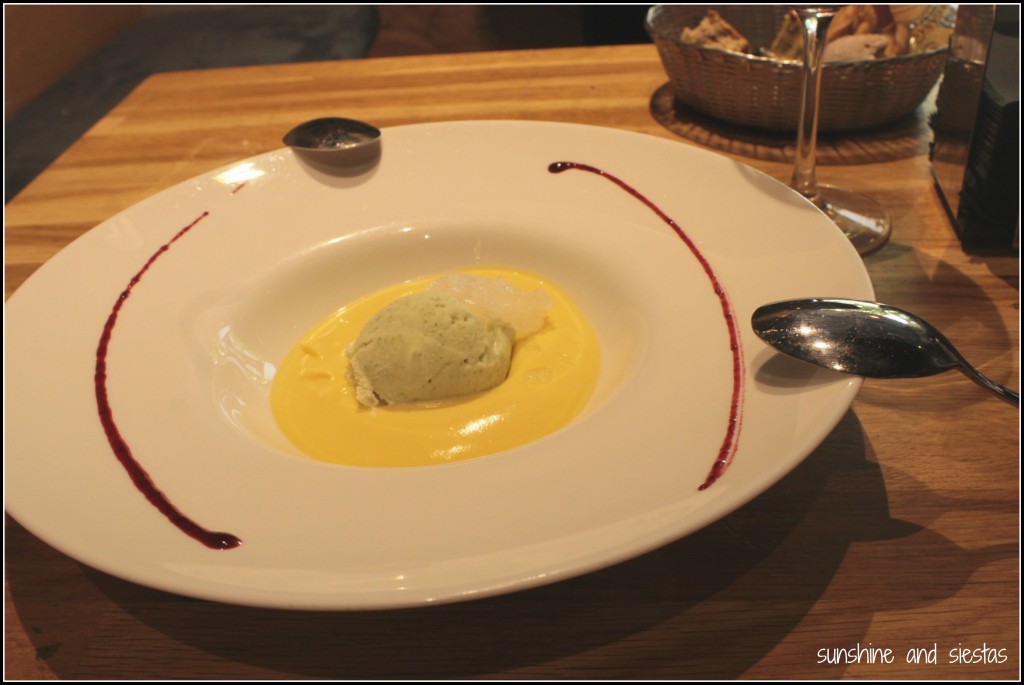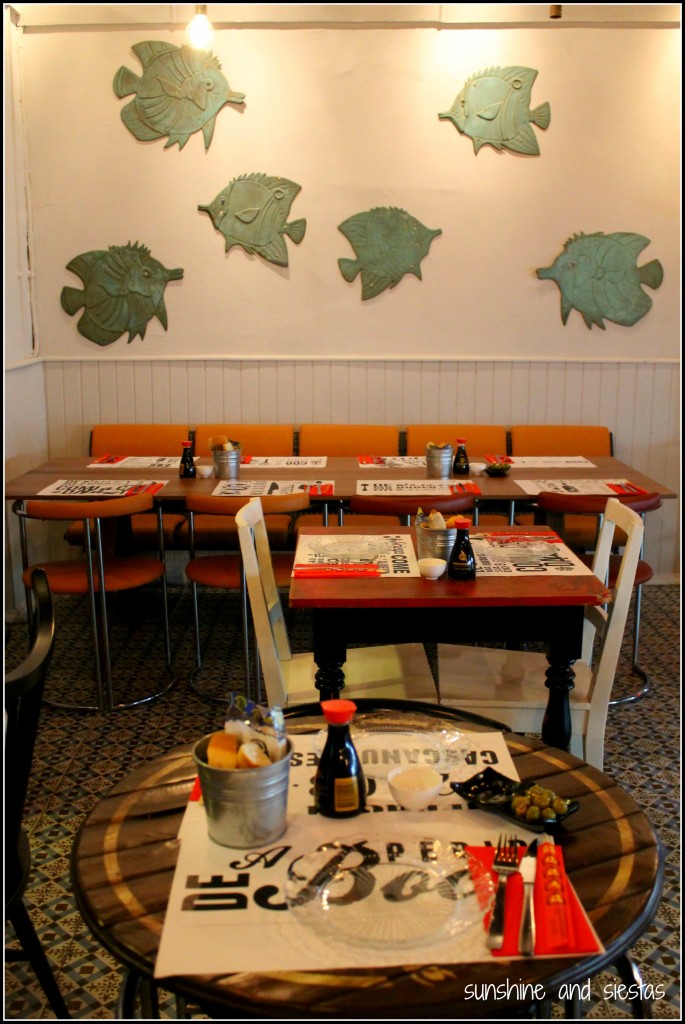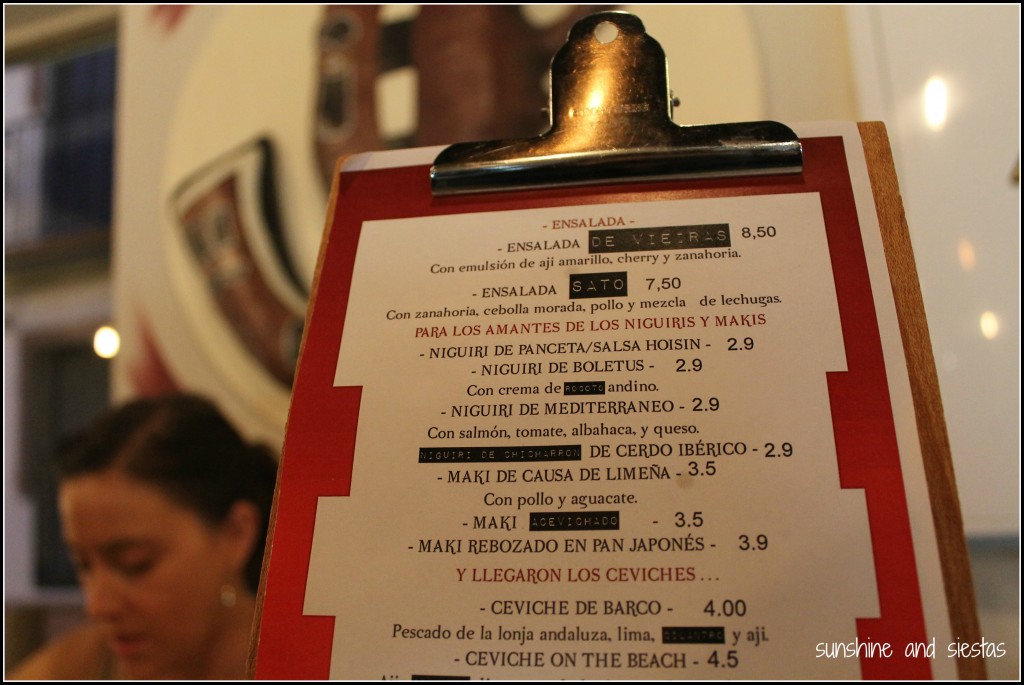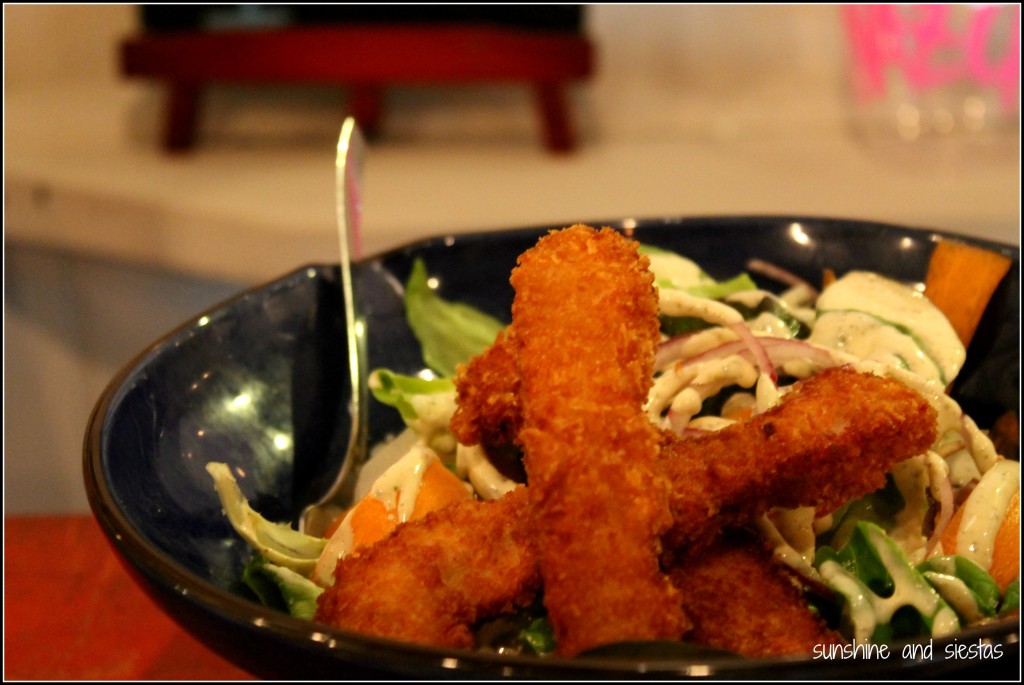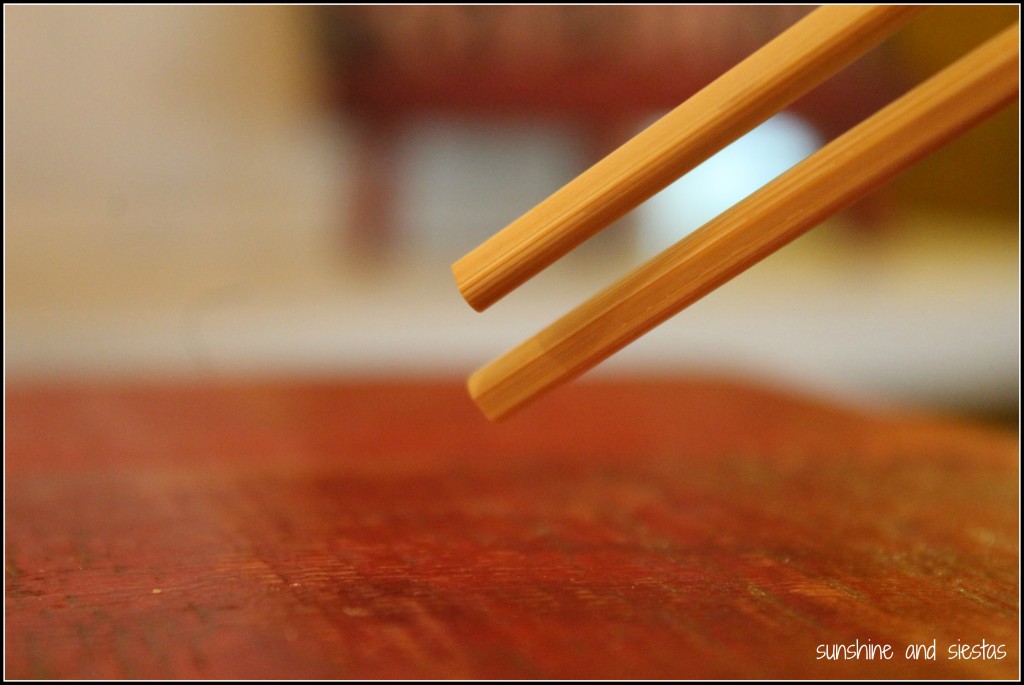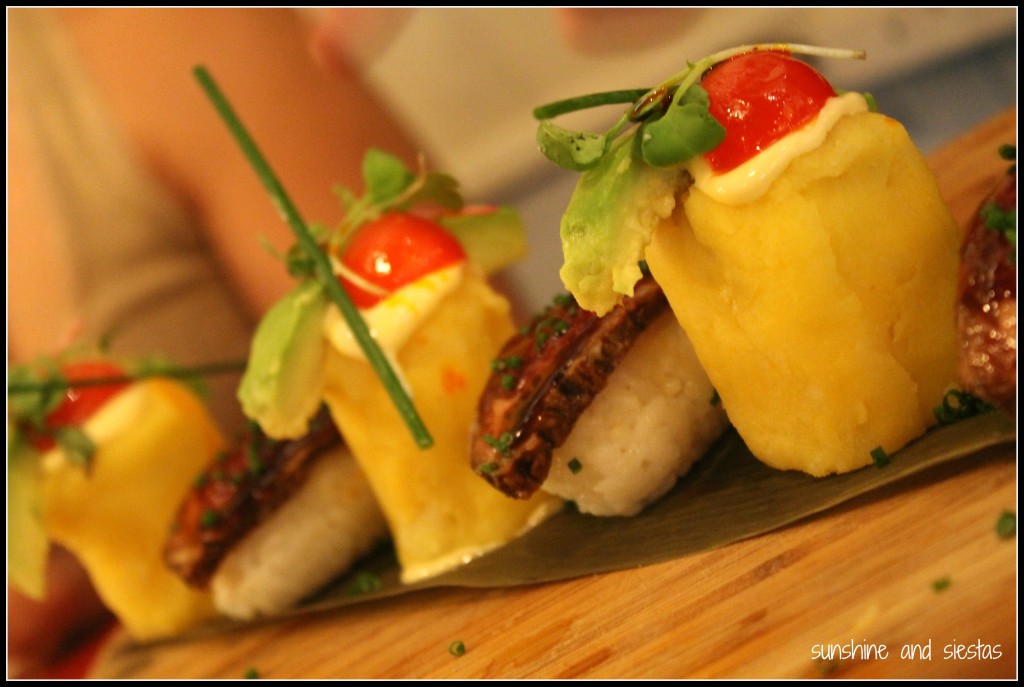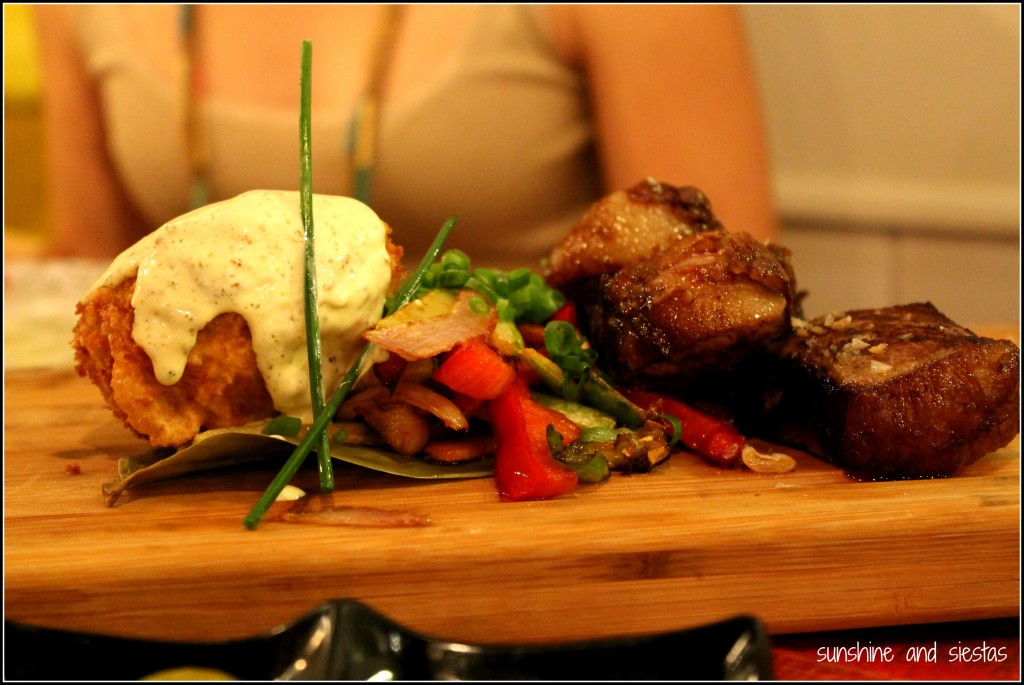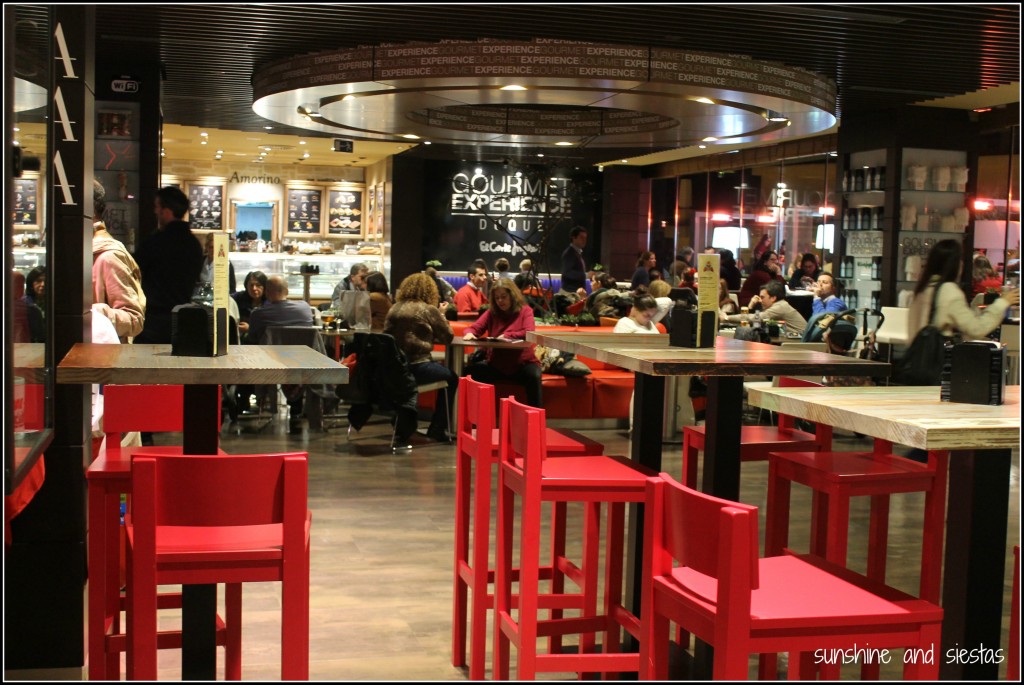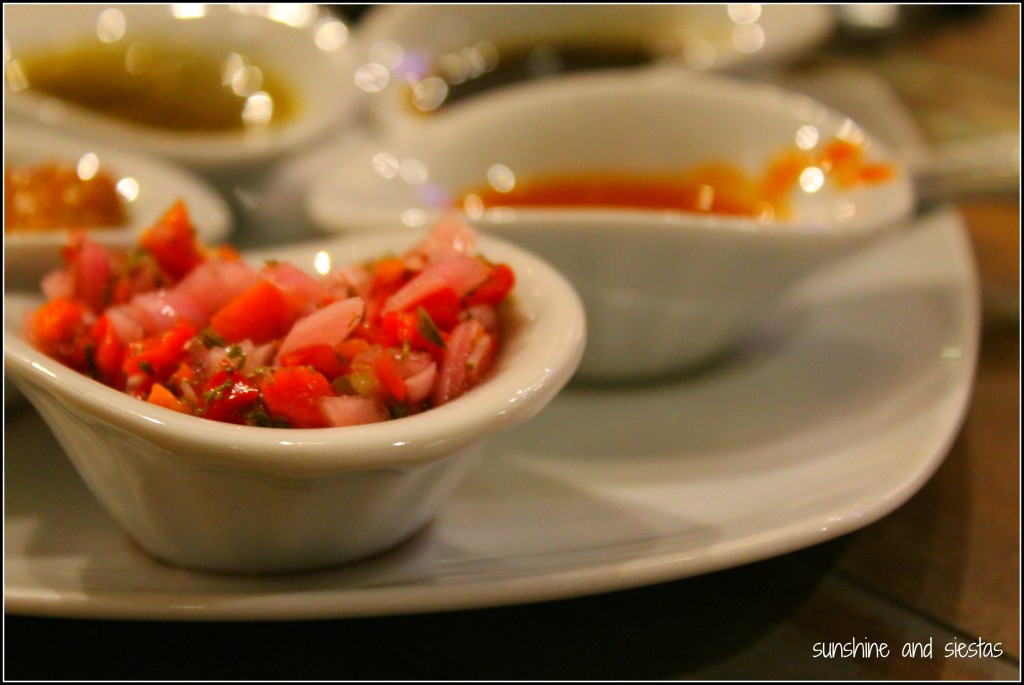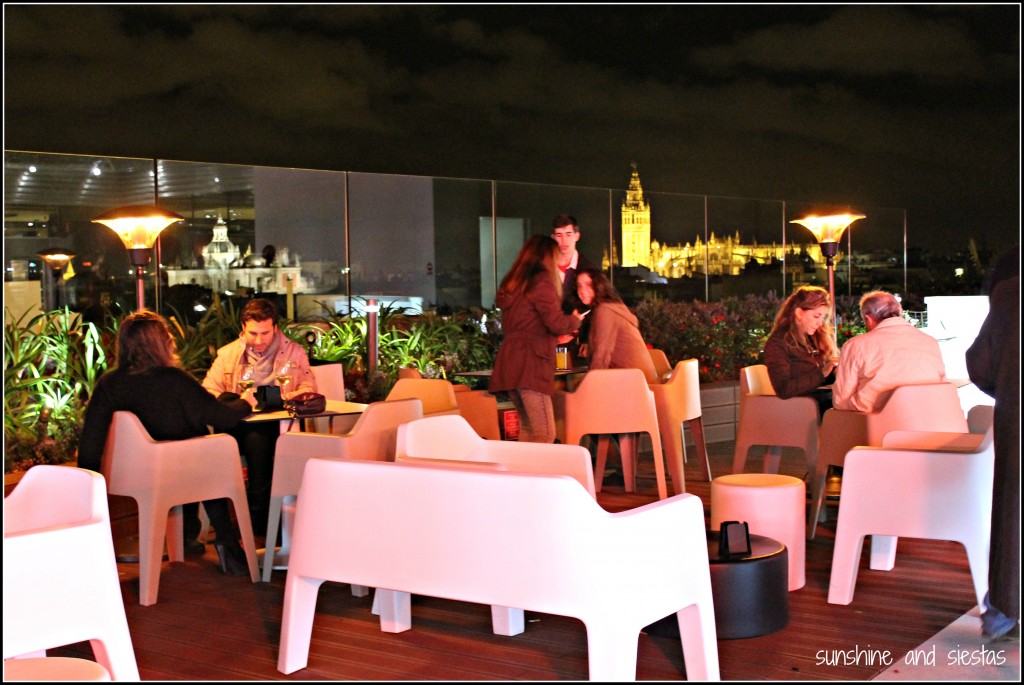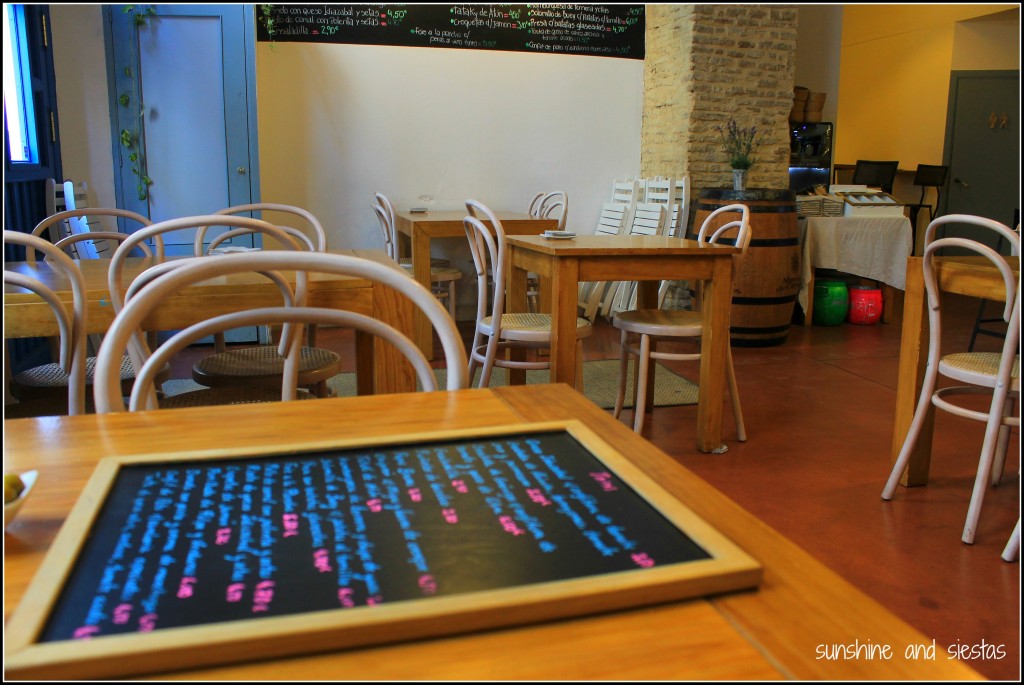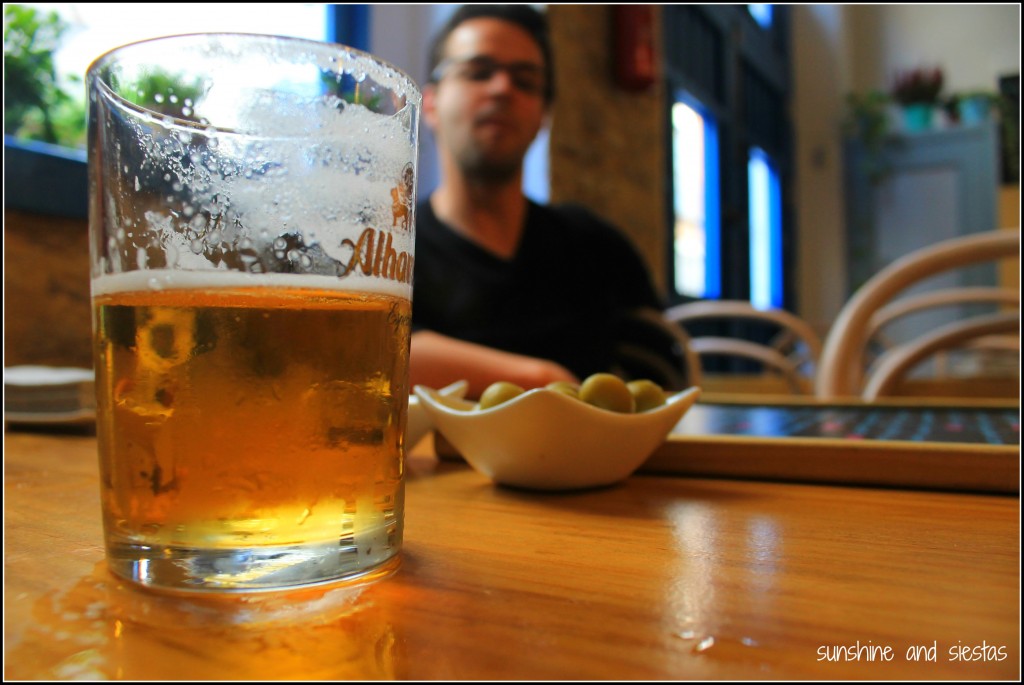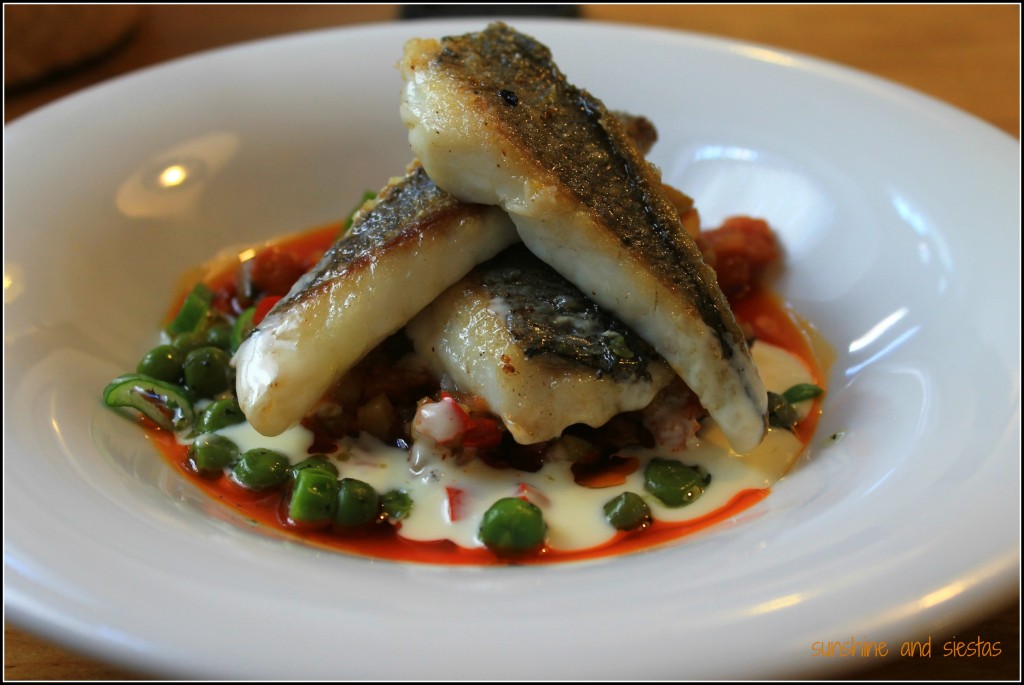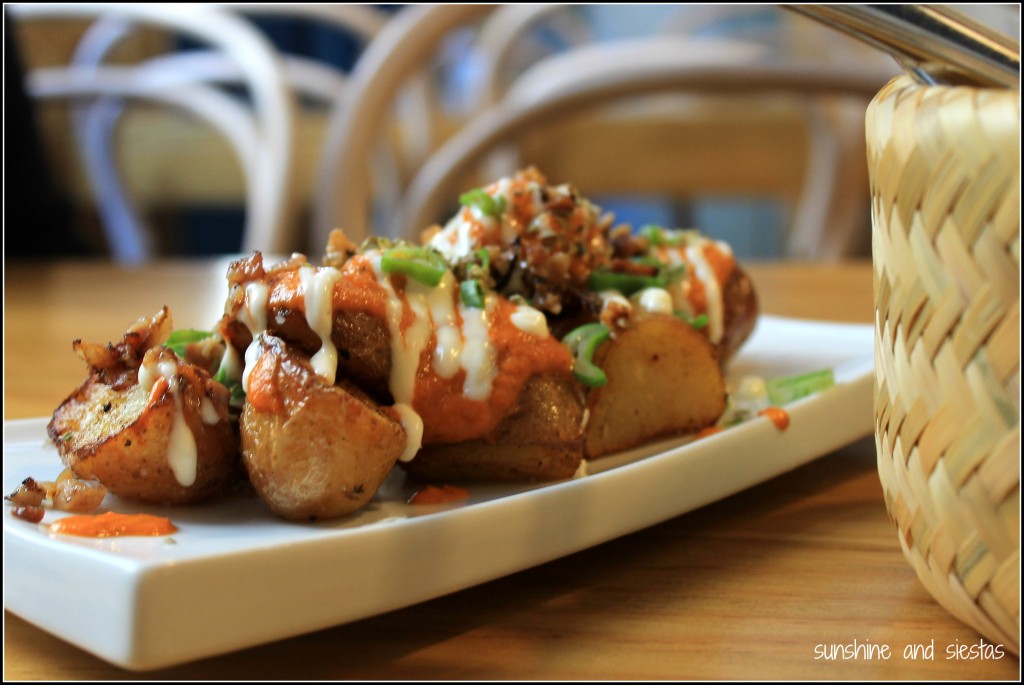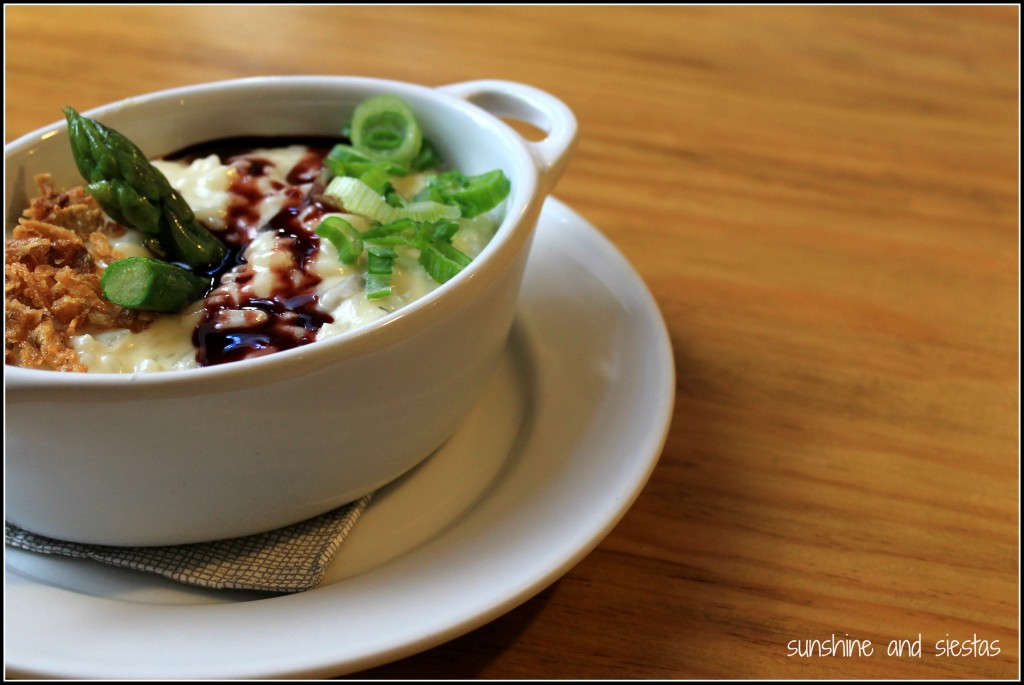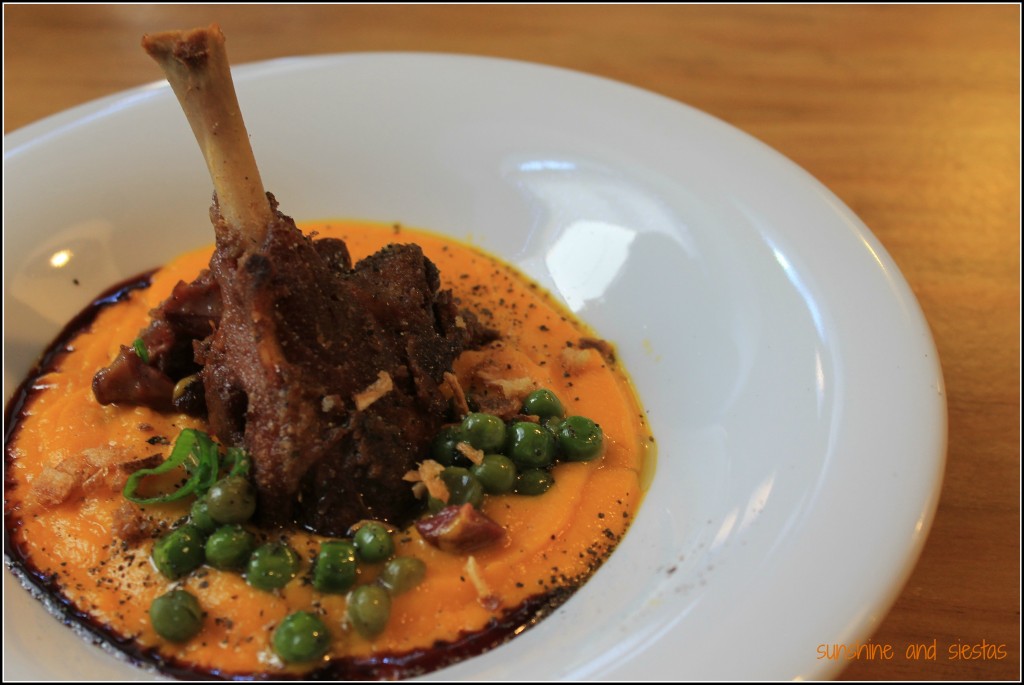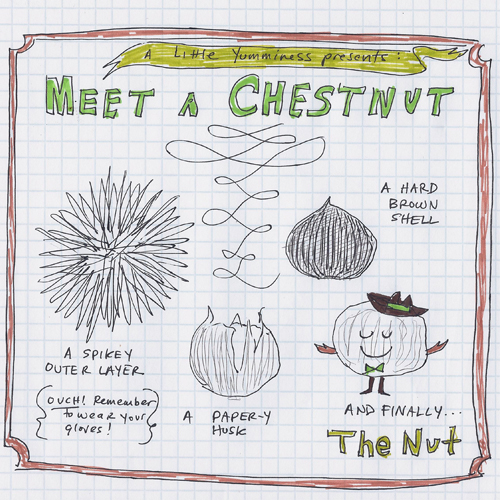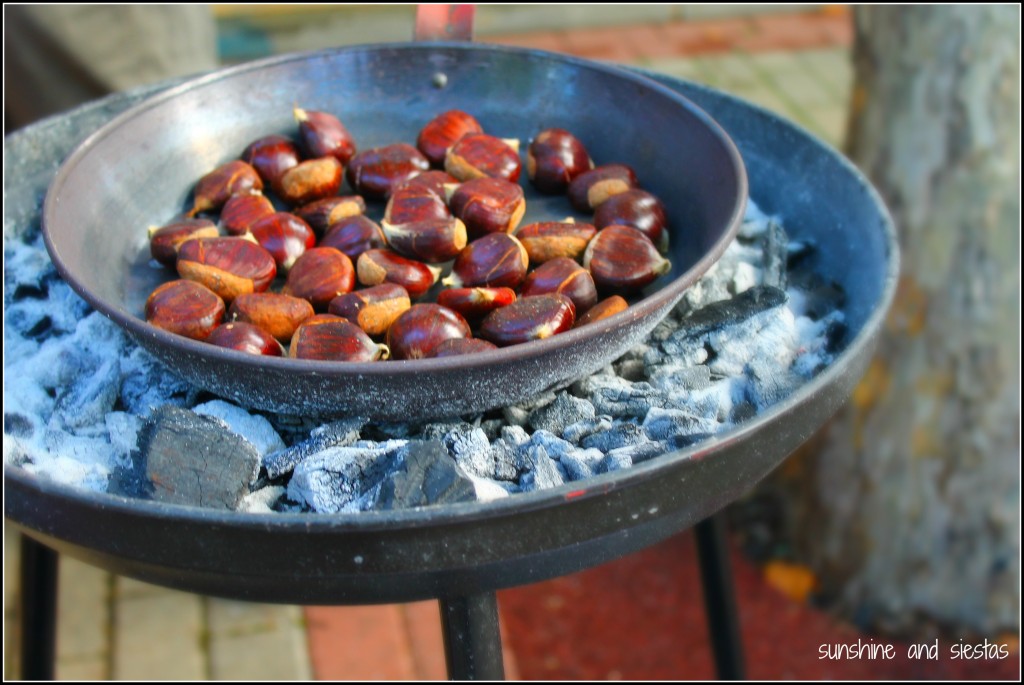Faced with a lunchtime dilemma in Madrid, I was thrilled to get a message at the very moment my stomach rumbled from my friend Lauren, a self- and media-professed foodie and an insider in the Spanish capital chow scene (jo, she’s one of the co-founders of Madrid Food tour. When I say expert, I mean it!).
Though we were trying to find a time for a drink, I had to ask: We’re in Chueca. Where do we eat?
Lauren offered up a few choices, but we were closest to Yakitoro, Alberto Chicote’s newest restaurant. Much like Anthony Bourdain or Gordon Ramsey, this madrileño chef is riding a wave of immense popularity after appearances on Spain’s version of Top Chef and Nightmare in the Kitchen, called Pesadilla en la Cocina.
Welp, our minds were made up on that rainy Saturday afternoon – we’d be wannabe foodies and celebrity stalkers. I came into Yakitoro with high expectations and left slightly let down, to be honest.
Let me start with the good stuff:
Concept
Yakitoro is a Japanese-Spanish fusion restaurant (with food reminiscent of Nazca in Seville). The kitchen prep area is behind a large glass wall, and you can imagine my surprise when I saw Chicote himself making the food. The first question we were asked upon sitting down was Chopsticks or a fork?
I’ve been mildly obsessed with concept restaurants since a sixth grade project where we were asked to plan a restaurant, from decor to menu to price to sustainability. Ours? OJ’s Cyber Cafe, where the 1995 trial took center stage in our menu and chalk outlines were the hallmarks. Morbid.
The tapas – an eclectic mix of vegetarian, fish and meat dishes – are then cooked over a fogón, or a large stove, in the middle of the restaurant in plain view. Polished wooden tables spiral out from the central stove, meaning patrons are grouped together, sharing a cooler in the middle with bottles of beer and chilled wine.
We were sat at a low, steel bar next to the window and filled with succulent plants. The servers wear flight suits that reminded me of the Communist theatre I went to in Harbin, China.
Food
There were easily 50 dishes on the menu, glued to wooden boards, and a small but thoughtful wine list. We chose an entire bottle of rosé to detox from copious amounts of tinto during the week and I ordered for Laura.
The sardines in tempura with a sweet chile sauce were up first. Laura was put off by having to peel them, so I dug in. Those that were cooked were exquisite, and the sweet ñora sauce was an excellent touch, though a few of the fish came undercooked.
I’m not a mushroom fan, though Laura raved about the cooked-to-perfection shiitake mushrooms with dried mackerel shavings and a garlic sauce. The smoky taste of the dried mackerel added depth and distracted me from the texture of the mushroom. The portion was rather generous, as well.
The grilled shallots – a signature dish in Catalonia – were browned on the fogón and crowned with tangy romescu sauce, were a nice break between our heavier dishes. They came speared on a brochette, thus the basis of Yakitoro’s menu.
We chose two meat dishes to finish off. The chicken in tempura was delicious, particularly with the thick and sweet Pedro Ximinez reduction for dipping.
The braised short ribs were cooked to order, glazed with a sweet sauce and a perfect ending to the meal.
The tapas, while small, were an excellent price – from 2,50€ and up – and we ordered an entire bottle of wine and five tapas for well under 40€.
Service
I mistakenly thought that the less-than-desirable service at Yakitoro was due to it being a brand-new venue – pues no, Yakitoro has been open for business since June. When we arrived just after 3pm, the place was packed, so we got our names on a list for an hour later.
The kitchen didn’t close midday, which is more common in Madrid than in Seville, but the restaurant wasn’t nearly as buzzing when we arrived at 4:30. We were sat right away, though it took nearly ten minutes to get a menu and another ten for our bottle of wine to be opened. Thankfully, we weren’t in a hurry and enjoyed the sobremesa on Laura’s last day in Spain.
As we left nearly 90 minutes later after a long lunch, Chicote was standing at the door and said goodbye. I fibbed a little and told him the sardines were exquisite – they would have been, had they been cooked for a minute longer. Every restaurant has its kinks to work out (haven’t you seen his show?!), so I’d be willing to try Yakitoro in the future.
Yakitoro is located on Calle Reina, 41, just steps off of Gran Vía in the Chueca neighborhood. The kitchen is open daily from 1pm until midnight, and reservation are accepted. You can check out their website for more.
